
First landing marks the start of concentrated exploration.

First landing marks the start of concentrated exploration.
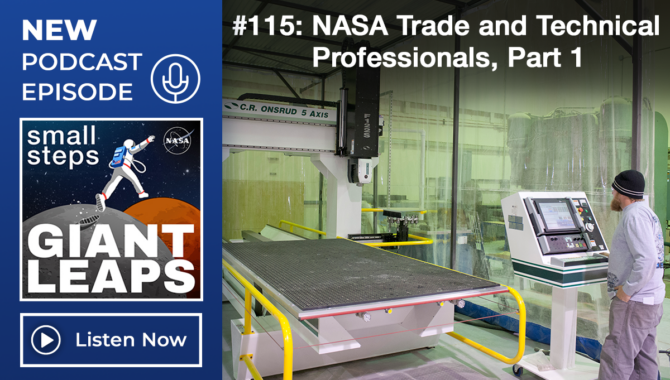
NASA Armstrong Flight Research Center Engineering Technicians Jason Nelson, Kyle Whitfield, and Alex Zamora discuss their essential contributions to NASA missions.

First crewed mission is crucial next step toward the Moon and Mars.
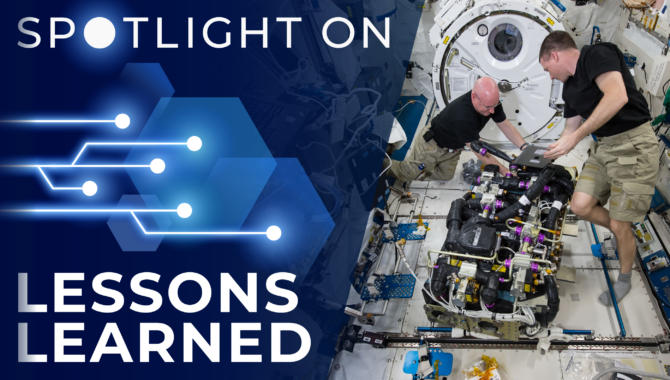
Integrated coordination of tasks involving common hardware used by different teams minimizes the impact of configuration changes.
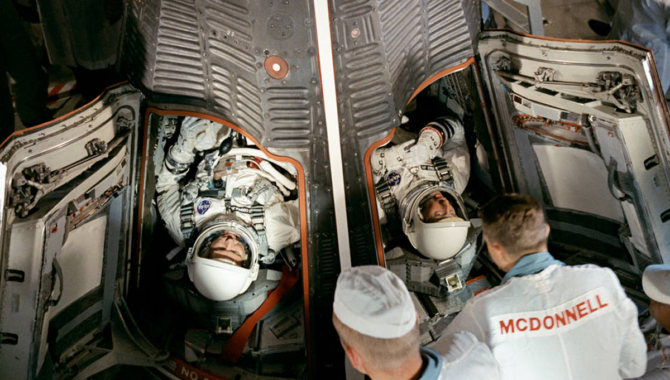
Record-setting mission carries new technologies.

NASA Langley Research Center Retired Chief Scientist Dennis Bushnell discusses highlights of his 60-year NASA career and the future of the agency.
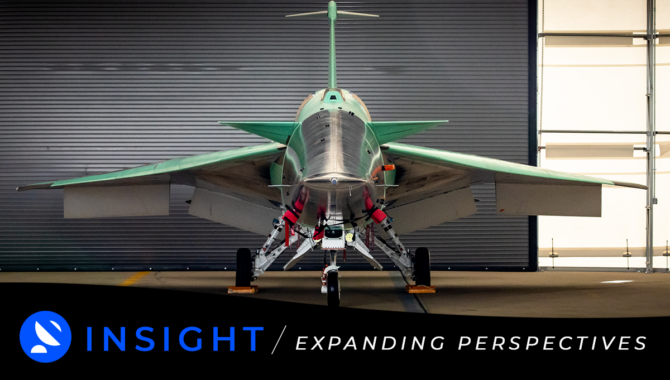
Don’t miss the latest issue of INSIGHT, APPEL Knowledge Services’ online publication featuring our new podcast episodes, columns, articles, lessons learned and more. We invite you to read it today on our website.
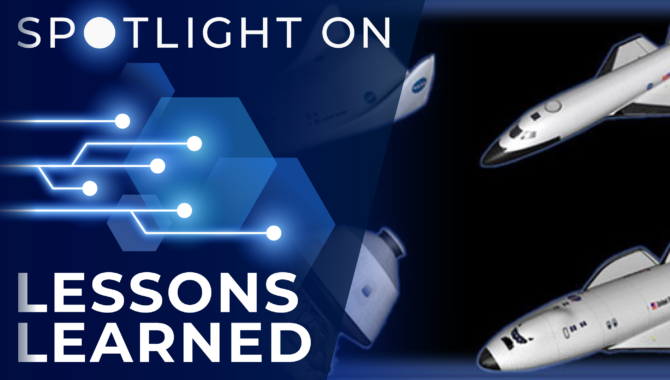
Good acquisition management emphasizes not only what – but how – to buy.

Difficult summer highlights data NASA collects on Earth’s climate.